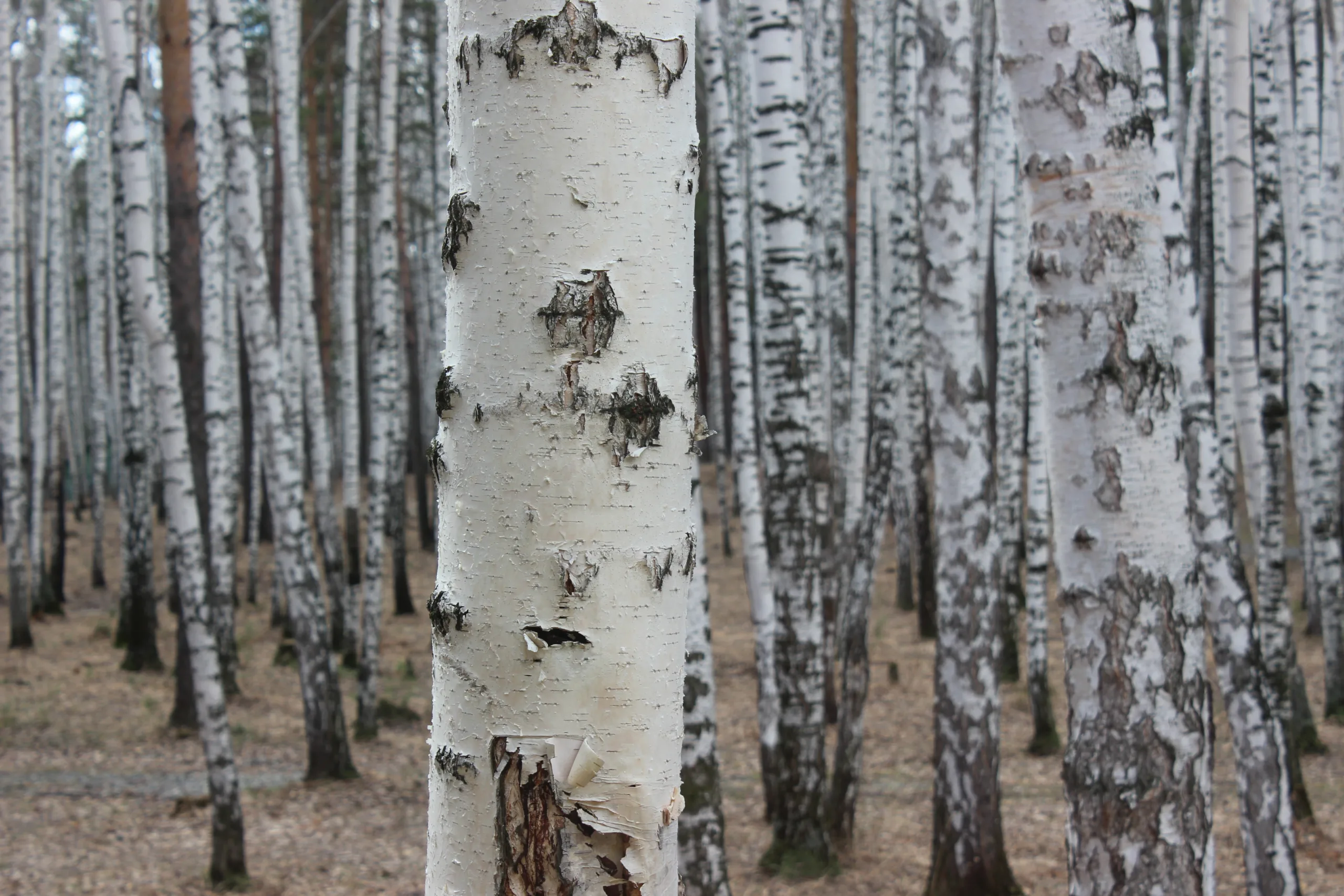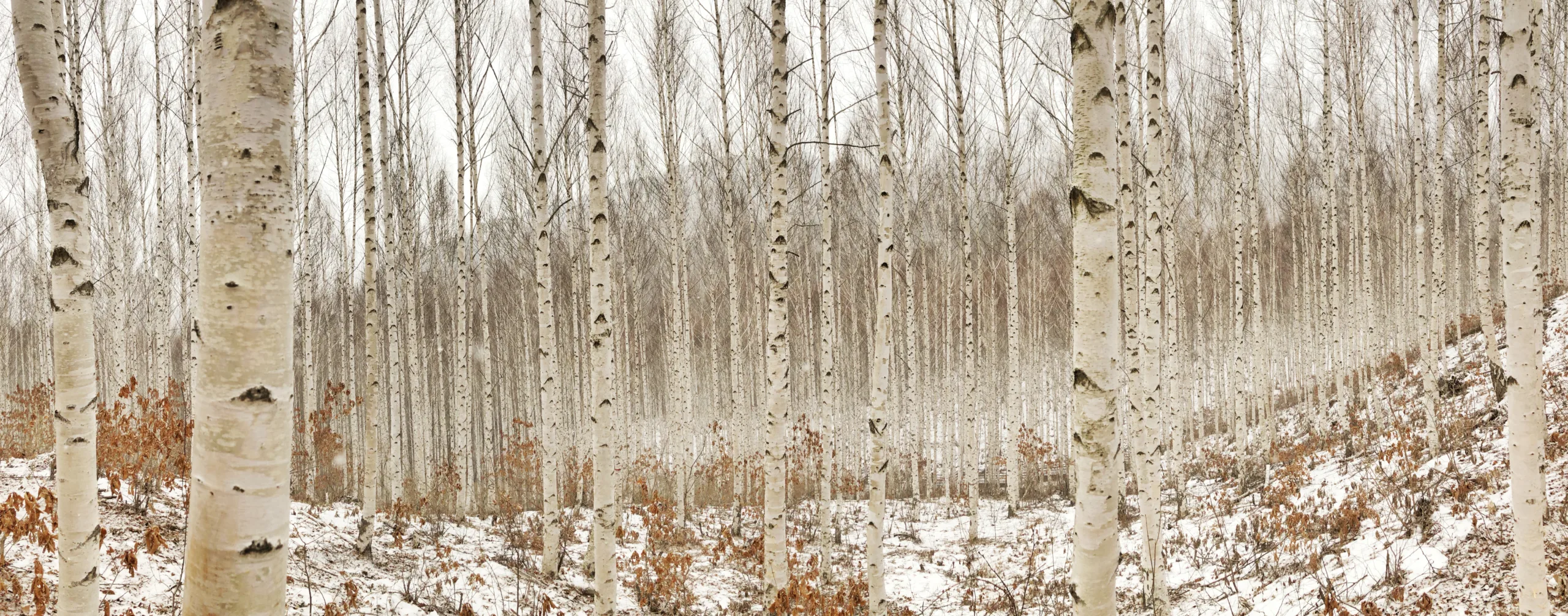Birch Trees are one of the most common and beloved trees in the world. They are found in many different environments and have adapted to survive in a variety of climates and soils. But how do birch trees adapt to their environment?
Understanding how birch trees respond to their environment is important for those who are planting them or looking after them, as well as anyone who wants to appreciate their unique beauty. This article looks at the ways that birch trees adapt to their environment, including their bark, leaves, and root systems. It will also discuss why these adaptations are important for survival in different ecosystems. By understanding how birch trees adapt, we can better appreciate the beauty of these iconic trees.Birch trees have adapted to their environment in a variety of ways. They have a shallow, wide-spreading root system that allows them to take advantage of moisture and nutrients in the soil. Their bark is thin and papery, allowing them to easily shed water and protect them from extreme weather conditions. In addition, birch trees have adapted to cold climates by developing a slow growth rate that helps them survive winter temperatures. The leaves are also adapted for cold temperatures, as they are small with a waxy coating that helps retain moisture.
Adaptability
Birch trees have a number of physical characteristics that make them adaptable to a wide range of habitats. They are fast-growing trees with shallow root systems and a relatively short lifespan. They are also tolerant of shade, moisture, and cold temperatures, making them well-suited to many different environments. The bark is thin and papery, providing good protection from the elements and helping the tree retain moisture. The leaves are small and oval-shaped, giving them the ability to survive in areas with low light levels. Furthermore, birch trees have an extensive network of lateral roots, which helps stabilize the tree in windy conditions. All these features make birch trees an ideal choice for landscaping and forestry projects.
How Do Birch Trees Respond to Changes in Weather?
Birch trees are very hardy and are able to withstand a wide range of weather conditions. In cold weather, birch trees can become dormant, whereby their leaves and branches will begin to shed in order to conserve energy. They also respond to changes in temperature by increasing the production of sap, which helps keep the tree hydrated. Warmer temperatures also cause the leaves and branches to expand, providing more shade for the tree. In dry conditions, birch trees will close up their stomata, which are tiny openings in the leaves that allow water vapor to escape from the plant. This helps reduce water loss from evaporation and helps keep the tree healthy during drought conditions. Birch trees are also very resistant to strong winds and can survive even when exposed to heavy gusts.
Root Systems Play a Key Role in the Survival of Birch Trees
Root systems are essential for the survival of birch trees. Roots provide the tree with nutrients and water from the soil, and they also help to anchor the tree securely in the ground. Without a strong root system, a birch tree would be unable to survive harsh weather conditions or drought. In addition, roots also improve soil structure by increasing organic matter and helping to control erosion.
Birch trees have shallow root systems that spread out in all directions from the base of the trunk. This helps them to absorb more water and nutrients from a larger area than trees with deeper roots. The shallow root systems also make birch trees less likely to be damaged by strong winds or heavy snowfall, as they can move more easily with changes in wind direction or weight distribution.
Birch root systems are often found in association with mycorrhizal fungi, which are beneficial fungi that form a symbiotic relationship with roots. These fungi help to convert nutrients into forms that can be used by plants, and they also increase the absorption of water and other minerals from soil. Mycorrhizal fungi also protect birch trees from pathogens and other environmental stresses such as drought or extreme temperatures.
Overall, root systems play an important role in helping birch trees survive difficult conditions. Roots absorb essential nutrients from soil, anchor the tree securely in place, improve soil structure and provide protection against pathogens and environmental stresses. As such, it is vital that these root systems remain healthy for birch trees to survive and thrive in their natural habitats.

Nutrient Requirements and Adaptability of Birch Trees
Birch trees have adapted to many different climates and soil types, but they do have specific nutrient requirements in order to thrive. Nutrients are necessary for birch trees to grow healthy and strong, and they are critical for the health of their leaves, bark, roots, and overall growth. In order for birch trees to be able to adapt to their environment, they need to be provided with the necessary nutrients that will allow them to survive in a variety of climates and soils.
Nitrogen is an important nutrient for birch trees as it helps them take up other nutrients from the soil more efficiently. It also helps them produce more chlorophyll which is necessary for photosynthesis. Phosphorus is also important as it helps promote root growth, increases disease resistance, and aids in the development of buds. Potassium helps promote disease resistance as well as increasing drought tolerance. Calcium is important for helping strengthen cell walls while magnesium helps promote healthy foliage growth.
These essential nutrients are necessary for a birch tree’s ability to adapt and survive in different environments. Without these nutrients, a birch tree may not be able to survive or grow properly in harsher climates or soils that lack these essential elements. It is important to provide these essential nutrients through fertilizers or organic matter so that the birch tree can thrive in its environment without any problems.
Leaves
Birch trees are highly adaptable to many environments because of their leaves. The leaves of birch trees are thin and oval shaped, with saw-toothed edges that allow them to capture more sunlight for photosynthesis. The light weight of the leaves also means that they are less vulnerable to wind damage, allowing them to remain in place even in strong winds. The cuticles of birch tree leaves also contain protective compounds that help them resist drought and other environmental stresses, making them better able to survive in challenging conditions.
Bark
The bark of birch trees also contributes to their adaptability. The bark is thin and papery, which provides protection against sunburn, insect damage and disease. The bark is also waterproof, which helps the tree retain moisture during dry periods and increases its ability to tolerate drought conditions. Furthermore, the white color of the bark makes it highly reflective which helps reduce temperature fluctuations in extreme heat or cold and reduces water loss from transpiration. The bark also has an antitoxic effect, protecting the tree from exposure to harmful pollutants in the environment.
Importance of Reproductive Strategies for Birch Tree’s Adaptability
Birch trees are well-known for their adaptive capabilities and ability to reproduce. Reproductive strategies are important for birch trees because they help them to adapt to changing environments, both in terms of being able to survive and reproduce in new areas, as well as being able to change their reproductive strategies in order to increase their chances of survival.
Birch trees use a variety of reproductive strategies including producing seeds, vegetative propagation, and cloning. These strategies allow birch trees to spread quickly and widely, colonizing new areas with ease. The ability of birch trees to reproduce quickly and effectively also helps them survive in hostile environments, enabling them to outlast competitors or predators.
Vegetative propagation is particularly important for birch trees as it allows them to produce multiple clones from a single parent tree. This can be an effective strategy for rapidly colonizing new environments or recovering from damage caused by severe weather events. It is also an effective way for birch trees to increase their chances of survival by ensuring that there will always be some individuals who will survive even if the majority of the population is wiped out.
Cloning is another important reproductive strategy used by birch trees and can be used when traditional methods such as seed dispersal or vegetative propagation are not possible or practical. Cloning enables a single parent tree to produce multiple identical offspring who have the same genetic makeup and characteristics as the parent tree. This can be beneficial when trying to create a specific type of tree that has certain desirable characteristics such as disease resistance or increased hardiness.
Overall, reproductive strategies are an important factor in the adaptability of birch trees because they enable them to rapidly spread into new areas, increase their chances of survival in hostile environments, and create clones with desirable characteristics. These strategies help ensure that birch trees remain resilient and capable of thriving under a variety of conditions.

Conclusion
Birch trees have adapted to their environments in many ways. They have evolved over time to become better suited to the conditions of their native habitats, and they are highly resilient when exposed to extreme temperatures or harsh conditions. Their bark is thick and protective, enabling them to withstand freezing temperatures and high winds. Birch trees also possess an extensive root system that helps them capture nutrients from the soil, allowing them to thrive in poor soil conditions. Additionally, birch trees can also survive in areas that experience drought or flooding due to their ability to absorb water quickly and hold it for extended periods of time.
Overall, birch trees are well-adapted creatures that are capable of surviving in a variety of different environments. They can withstand a range of temperatures, harsh conditions, and nutrient-poor soils while still maintaining a healthy growth rate. These adaptations make them an important part of many ecosystems around the world and make them an ideal choice for landscaping projects or other uses where they will be exposed to varying environmental conditions.
Birch trees are truly remarkable plants with incredible adaptive skills that have enabled them to survive in a wide range of climates around the world. With proper care and protection, these resilient trees can provide us with years of beauty and enjoyment from our yards or outdoor spaces.

My interest in trees started when I first saw the giant sequoias in Yosemite.
I was a teenager then, and I remember thinking, “I need to learn more about this.”
That moment stuck with me.
A few years later, I went on to study forestry at Michigan Tech.
Since graduating, I’ve worked in a mix of hands-on tree care and community education.
I’ve spent over ten years helping people understand how to plant, maintain, and protect the trees in their neighborhoods.
I don’t see trees as just part of the landscape.
They are living things that make a real difference in our daily lives.
